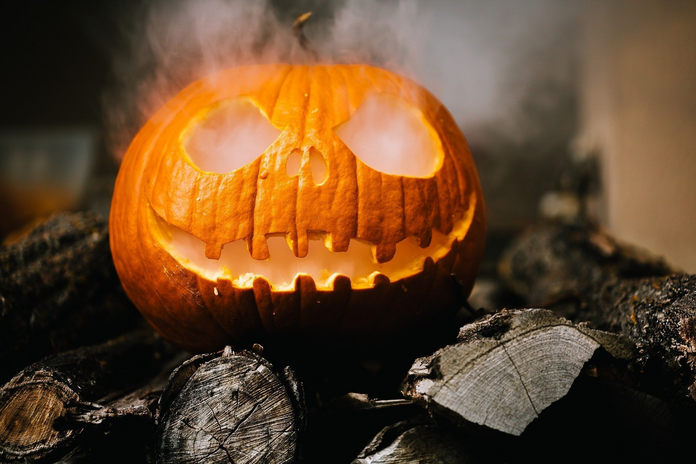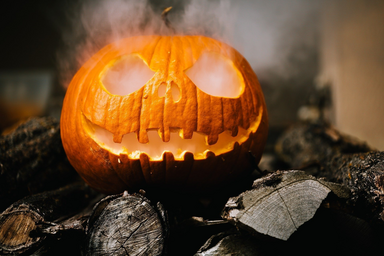You may not think of Halloween as the season of giving but it is a holiday held together by charitable people! Halloween gets a bad rep with nicknames such as “Devils Night” but the origins and the transformation of the holiday to what it is today are actually good-spirited.
The Halloween tradition originated with the ancient Celtic festival of Samhain where people would light bonfires and wear costumes to ward off ghosts. In the eighth century, Pope Gregory III designated November 1 “All Saints Day”, a day to honour all saints and incorporate some traditions of Samhain. The evening before was known as “All Hallows Eve” and later called Halloween.
Although the origins of trick-or-treating aren’t 100% clear, traces of the tradition can be found in ancient medieval practices, early Roman Catholic holidays, Celtic festivals, and British politics. All of these practices included donations out of the kindness of community members. “Mumming” is a tradition dating back to the Middle Ages where people would dress up as ghosts, demons, and other creatures and then perform antics for food and drink. In about the 9th century, people would visit the houses of wealthier families and receive pastries called soul cakes in exchange for prayers for dead relatives. This was known as “souling” which was later taken up by children who would go door to door for gifts, food, and money. In Scotland and Ireland, there was a tradition called “guising” where children would dress up in costumes and accept offerings. They would sing, recite poems, or tell a joke before collecting treats. The modern-day trick-or-treating is similar to celebrations of Guy Fawkes Night. Guy Fawkes Night was celebrated to remember Guy Fawke, who attempted to blow up England’s parliament building and remove King James I, a protestant, from power. It was a night of bonfires and British children wearing masks and begging for pennies.


Fast forward to today, and according to the National Retail Federation, Americans spend an estimated $2.6 billion on candy for Halloween. Roughly ¼ of all candy sold annually in the U.S. is purchased for Halloween. People all over collectively agree to purchase candy to hand out for free every year. They receive no personal gain from this except the joy of seeing kids smiling in their costumes. Without the collective charity of communities, Halloween would not exist. Trick-or-treating originated as a charitable holiday and continues to be one. We have just shifted from food and money to sweet treats!
References https://www.history.com/topics/halloween/history-of-halloween



